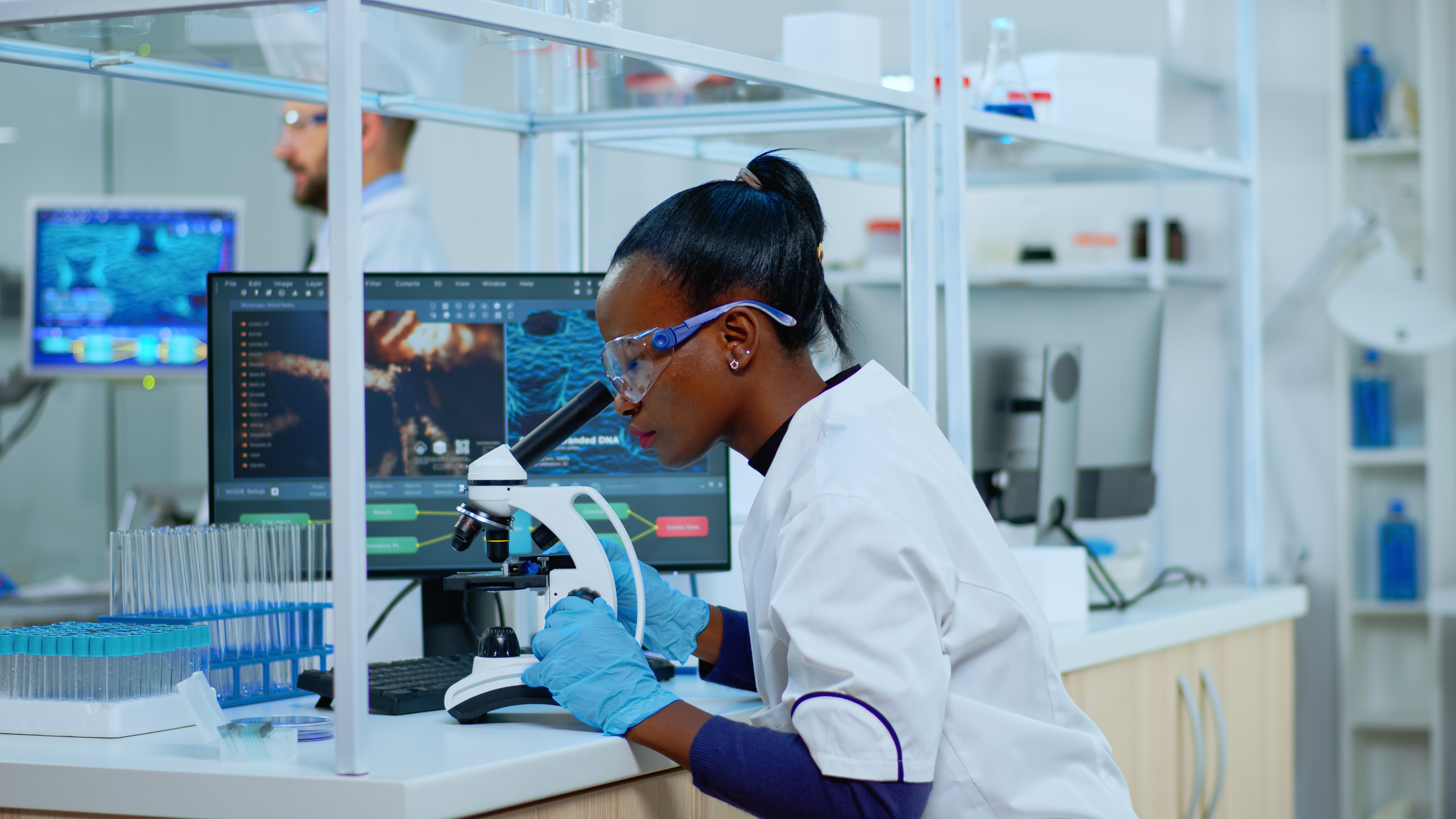RANDOM BLOOD SUGAR (RBS) TEST
250 Kshs | Home Collection Available
Synonyms
Blood sugar
Purpose
The Random Blood Sugar (RBS) Test is a blood test that measures the level of glucose (sugar) in the blood at any given time, regardless of when the person last ate. It is commonly used to screen for or monitor diabetes mellitus and assess how well the body manages blood sugar levels throughout the day.
This test is important because abnormally high or low blood sugar levels can signal underlying health issues such as diabetes, prediabetes, or hypoglycemia. Early detection through RBS testing helps in timely intervention, effective blood sugar management, and prevention of long-term complications.
Other medical laboratory tests often performed alongside the RBS test include fasting blood sugar (FBS) test, HbA1c (Glycated Hemoglobin) test, oral glucose tolerance test (OGTT), insulin, and C-peptide Tests.
Patient Preparation
The patient should fast for twelve hours before the test.
Samples
1ml with a minimum volume of 0.7ml of serum or plasma collected in a Gel-barrier, red-top, or green top tube (lithium heparin). Avoid using EDTA, oxalate, or citrate plasma. Serum or plasma should be separated within 45 minutes of sample collection. Store the sample at room temperature.

Reference Range
65-99mg/dl
Results Turnaround
Within 24 hours of receipt of samples.
Diseases / Diagnostic indicators
The RBS test helps diagnose and monitor conditions related to abnormal blood glucose levels, such as diabetes mellitus, hypoglycemia, neuroglycopenia, and acidosis. Here are some possible outcomes of the test;
High RBS levels may indicate:
- Diabetes or prediabetes
- Stress-induced hyperglycemia
- Pancreatic disorders
- Steroid use or endocrine abnormalities
Low RBS levels may suggest:
- Excess insulin (endogenous or from medications)
- Insulinoma (insulin-producing tumor)
- Prolonged fasting or malnutrition
- Hormonal imbalances (e.g., Addison’s disease)
Normal RBS range:
Typically falls between 70–140 mg/dL, depending on timing and individual factors. Values outside this range may prompt further testing, like HbA1c or OGTT for confirmation. For more information on RBS testing, read this study.




